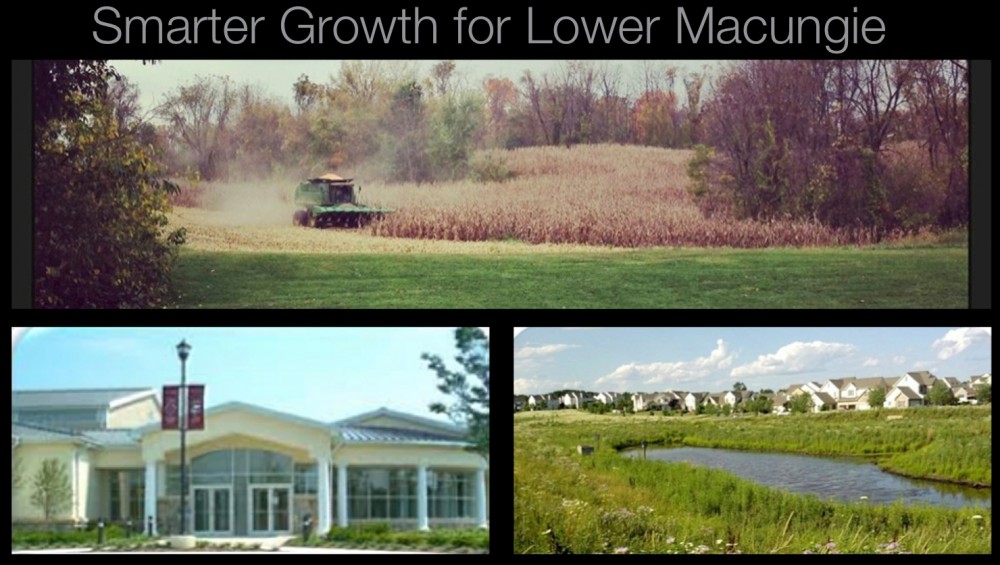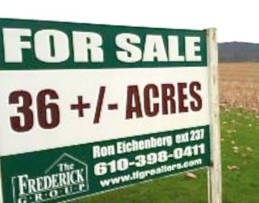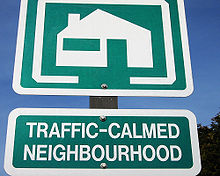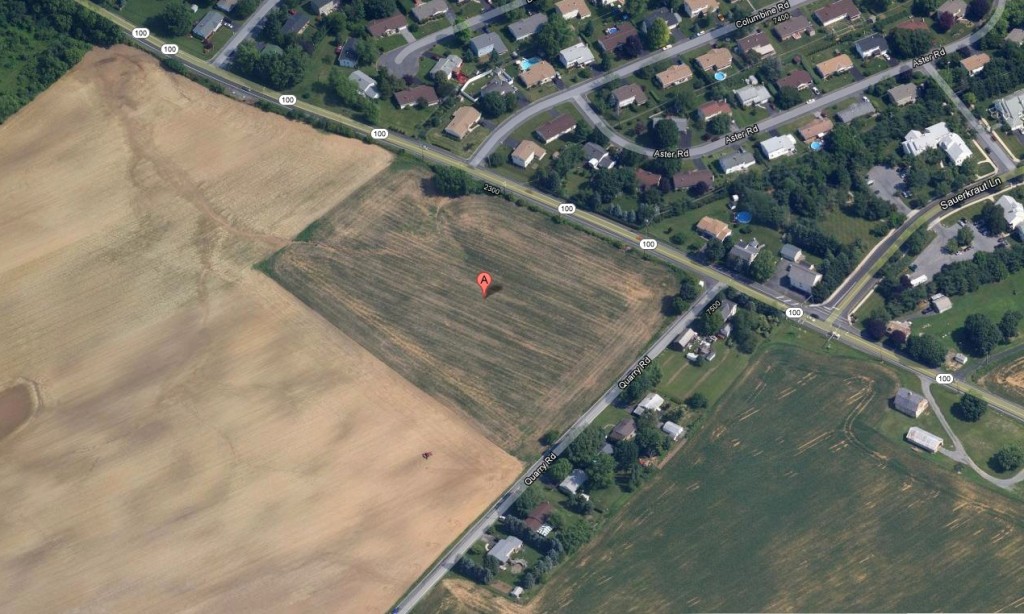Rec’d this question today. I thought it was worthy of a blogpost answer.
From Facebook – – Ron, what is your position on spending tax revenue on any private project like the Hamilton Crossings?
1. My position is two fold. First. The development itself is a good project, but more importantly it’s in the right location. Aside from making development pay it’s own way with elected officials ensuring projects that receive waivers and exceptions provide the community an return on investment, smart growth is guiding growth to appropriate locations. Location is everything for this massive shopping complex. Costco will attract regional shoppers, the location is ideal since our interior residential roads will not be affected by non-local traffic.
Further, the developer Tim Harrison is community conscientious. And trust me, I’ve heard the song and dance developers give in front of our BOC and Pcom many times over the last 3 years. After personally sitting down with Tim last week I am confident he is genuine in his desire to build a project not only himself but the community can be proud of. He has shown a willingness to go above and beyond.
2. Secondly we have the funding mechanism. There are questions to be answered still. What will the terms be? As you know, the TIF committee meetings which consist of reps from the Twp, EPSD and County are occuring now an ongoing. I appreciate those including Percy Dougherty and others from the EPSD who requested these meetings be public. Unfortunately, that request was denied. The argument made was that developer finances will be discussed. I’m of the mindset that when seeking public funding, your finances become the business of the public.
Moving beyond that however, one of my personal goals is to encourage growth that does not rely on the taxpayer to shoulder burden. Elected officials should be questioning the terms and conditions of the TIF every step of the way and be willing to let the developer walk if the terms and conditions do not benefit the community from a lifecycle cost benefit analysis perspective.
Too often our elected officials in LMT are all too willing to give away something (waivers, exceptions, density, intensity) for nothing. This is a fundamental focus of my campaign. I’m not anti growth I’m pro smart growth. The fact that officials argue we still need economic development after 2 decades of robust growth is proof we’ve grown in an inefficient way. After two decades we should be in pretty good shape. To indicate we aren’t by claiming we need growth is fundamentally telling. It’s time to stop and evaluate the status quo. Win or lose I hope my candidacy will force that conversation.
Thanks for your question William.
Ron



